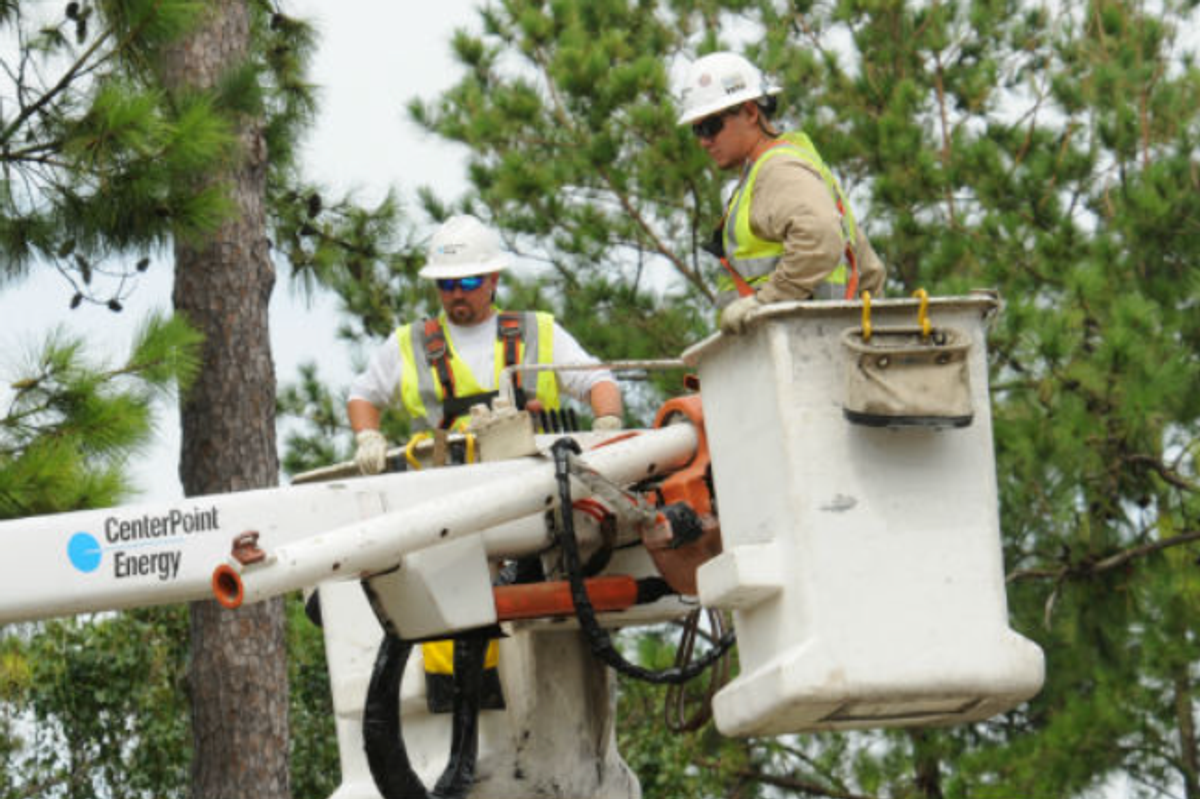Houston tech company lands DARPA grant to develop ocean energy system
fresh funding
Sugar Land-based advanced tech company Yokogawa Corporation of America, in collaboration with eight research institutions, has been awarded a $7.8 million grant from the Defense Advanced Research Projects Agency (DARPA) to develop and test a biologically fueled energy system.
The system known as Persistent Oceanographic Device Power, or PODPower, shows a pioneering advancement in microbial fuel cells (MFCs), a technology that aims to redefine how energy is harvested from oceans.
“Advancements in this area will play a role in our future as we harness this knowledge to address GHG emissions, produce clean energy, and enhance waste treatment,” Amro Hassanein, co-principal investigator and technology strategist, said in a news release.
The grant funds the system's Phase 1 development and deployment, and research is scheduled to continue through the summer of 2026. The company says the project has potential applications in climate monitoring, marine research, national security and clean energy generation.
The initiative will attempt to develop an MFC capable of generating up to 10 watts of continuous power for oceanic research and sensing devices through the use of microorganisms found in ocean water and specific bacteria samples.
“MFCs can process a variety of organic substrates including wastewater, agricultural residues, industrial byproducts, and marine biomass, demonstrating their versatility in applications such as on-site power generation bioremediation and biosensing,” Hassanein said in the news release.
As the only private company in the project, Yokogawa will lead the technical aspect to optimize the MFC technology through precision monitoring, data acquisition and machine learning algorithms.
The project team also includes collaborators from:
- University of Maryland
- Harvard University
- Battelle
- George Washington University
- The Institute of Marine and Environmental Technology at the University of Maryland
- Baltimore County
- James Madison University
- Johns Hopkins University
- The University of Delaware.
Yokogawa believes that the system could power ocean sensing devices that provide key information for monitoring climate change, maintaining national security and understanding marine environments. The project plans to integrate bio-inspired organic matter collection systems, advanced fermentation processes and novel electrode designs.
Yokogawa Corporation of America is an affiliate of Tokyo-based manufacturing company Yokogawa. It moved its headquarters to Sugar Land in 2009.









